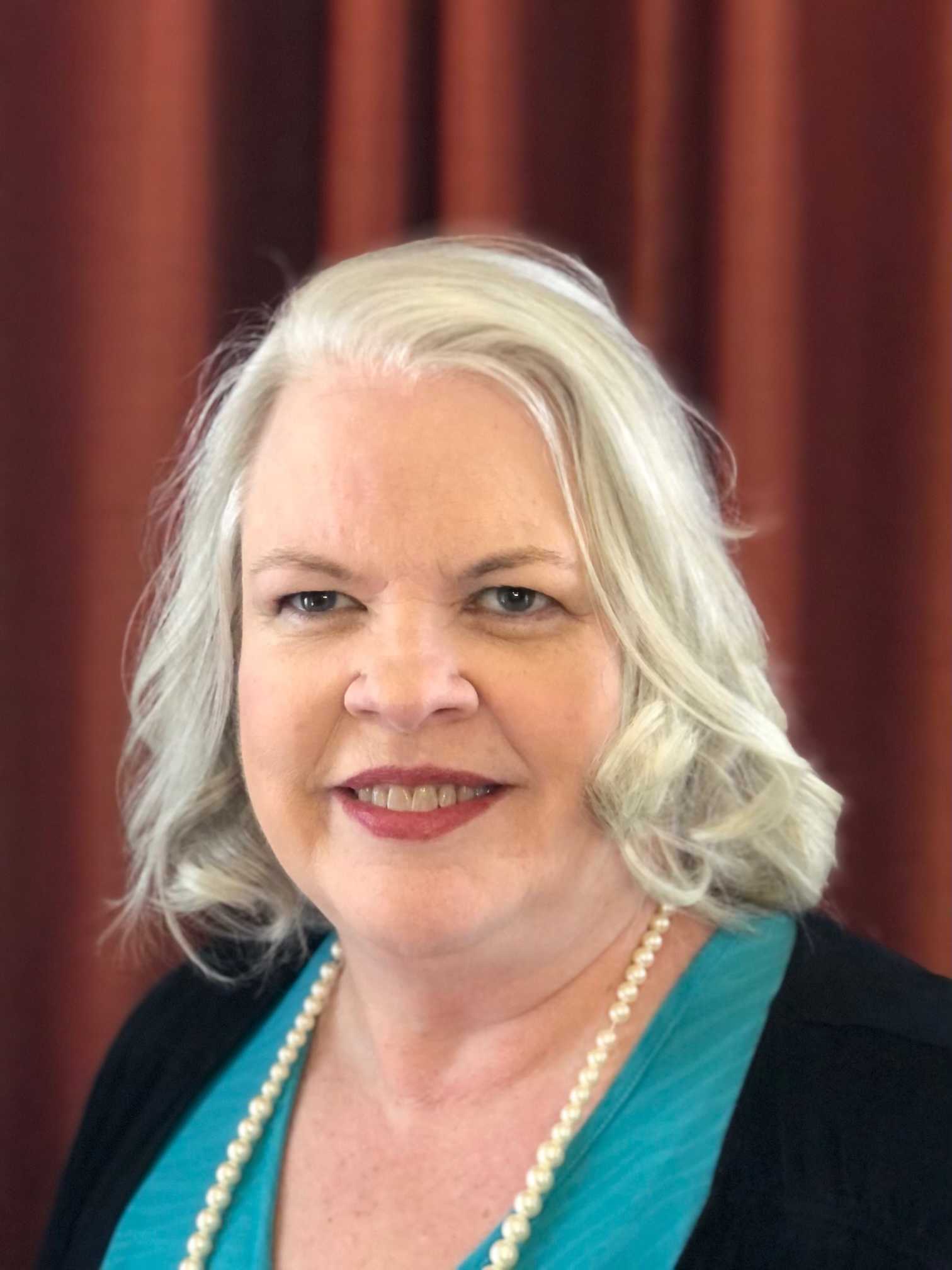I learned to read braille later in life than most. I was in my mid-30s when I became a vocational rehabilitation counselor for the state of Texas. I had over 100 people on my caseload and their case files filled a 4-drawer filing cabinet that sat next to my desk. If I stood up, I could get my face close enough to read the large-print label on the front of each file in the top drawer. I could stay seated and read the labels on the files in the second and third drawer, but that bottom drawer was a challenge. I either had to pull the file all the way out and hold it close to my face while I kept my other hand in the spot it went or I had to get on the floor in order to find the right folder.

In three evenings, with a friend/colleague helping me, I learned the entire alphabet. He asked our receptionist to begin giving me all my phone messages in braille and voila, I was using braille for more than labeling. I attended a professional conference that spring and hated the fact that without my CCTV, I could not read the agenda and was forced to ask the people at the registration desk to review the sessions and their location for every time slot of that conference. I vowed to keep learning braille so that I would never have to be dependent like that again.
My braille reading is currently limited to board books in print and braille that I read to my grandchildren, and reading the Propers of the Mass each week on Sunday these days. Seedlings Braille Books for Children and Xavier Society for the Blind are my resources and have been for many years.
Braille has been a vital tool in my toolbox for over 30 years now and one I value very much.